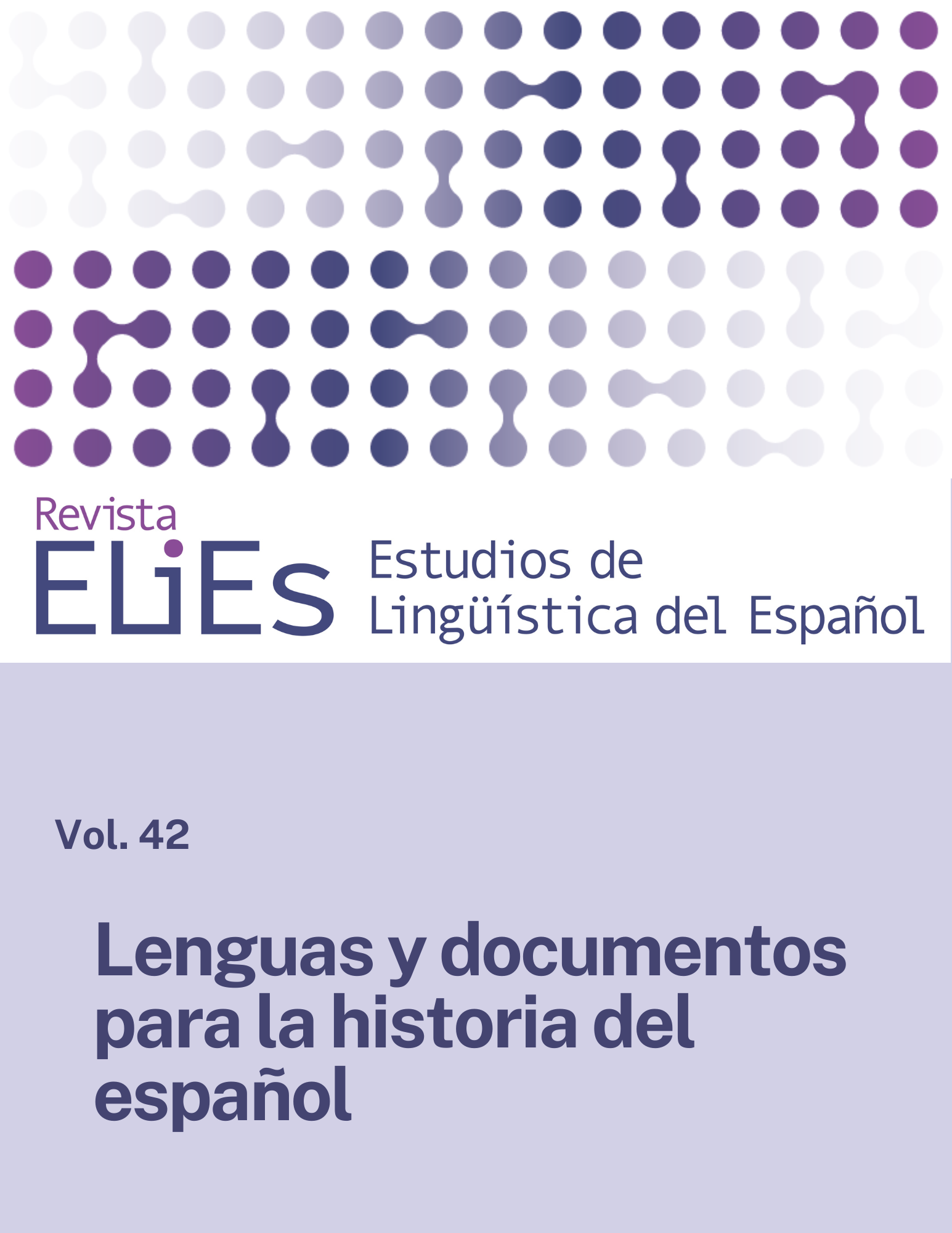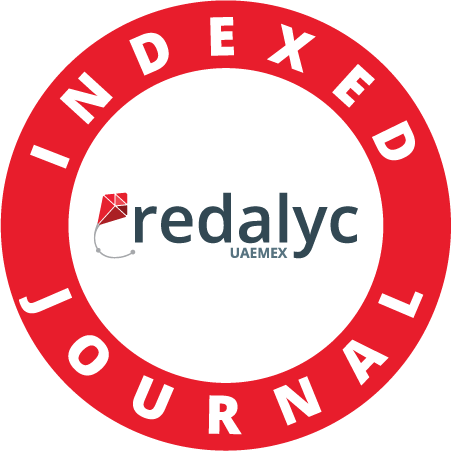Topoi en la serie Esclavos de la Corte Suprema de Quito (1702-1849)
DOI:
https://doi.org/10.36950/elies.2020.42.8484Palabras clave:
tradiciones discursivas, estructuras argumentativas, peticiones, Real Audiencia de QuitoResumen
En este artículo, trataré una serie de procesos de la Corte Suprema de Quito en los que los litigantes son esclavos (liberados) y sus (antiguos) amos. Las peticiones de las partes presentan una estructura claramente marcada y se caracterizan por el uso de un lenguaje formulaico. Más allá de eso, aparecen estructuras argumentativas determinadas por la situación comunicativa; entre estas, existen topoi generales, por ejemplo: el argumento de la autoridad –que en el corpus suele ser jurídica o religiosa– pero también, topoi específicos relacionados con el tema de la esclavitud como, por ejemplo, el topos de que un tratamiento cruel justifica el cambio de amo.
Mi contribución se centrará en el análisis de estas estructuras argumentativas para destacar que las peticiones no se caracterizan solamente por un alto grado de codificación a nivel formal, sino también por una serie de moldes estructurales en su contenido, seleccionados en función de la situación comunicativa.
Descargas
Descargas
Publicado
Número
Sección
Licencia
Derechos de autor 2020 Jennifer Gabel de Aguirre

Esta obra está bajo una licencia internacional Creative Commons Atribución 4.0.





